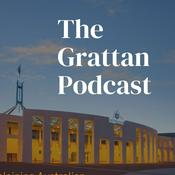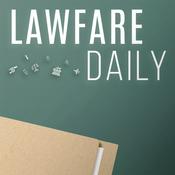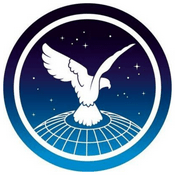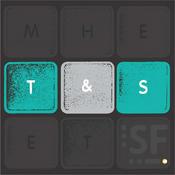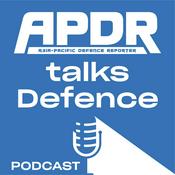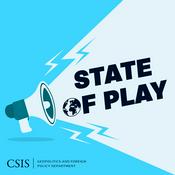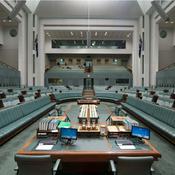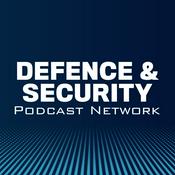Available Episodes
5 of 53
- Insight from a Burro Alumunus Pt. 2 (Reupload)We continue our discussion in part two with MAJ Weston Rich as he gives his opinions on ARSOF in LSCO at NTC and his final takeaways from his time at SOTD-West.--------28:50
- Insight from a Burro Alumnus Pt. 2MAJ Weston Rich gives more of his opinions on ARSOF in LSCO at NTC and his final takeaways from his time at SOTD-West.--------27:22
- Insight from a Burro Alumnus Pt. 1In this episode, we chat with MAJ Weston Rich, a former Burro alumni and creator of the OTR podcast. He shares his perspective of where SOF and CTCs are and how he envisions the future. We also talk about the genesis of OTR and how it has evolved to what it is now.--------42:49
- Sustain the Fight: How Logisticians Prepare and Win with SOF at NTC Pt. 2 (Ep. 50)This is the follow up from our initial discussion with the Goldminer Command Team. Here we continue discussing ARSOF CFI3 (Integration, Interoperability, and Interdependence) while also getting unique insight on the challenges that a CSSB and BSB face here at NTC. Goldminer 07 and 40 discuss the opportunities for future collaboration between ARSOF and Logisticians at NTC and how that relationship can be transferred to real world operations.--------27:22
- Sustain the Fight: How Logisticians Prepare and Win with SOF at NTC Pt. 1 (Ep. 49)This is part one of a two part discussion with Goldminer 07 and 40, the lead Logistician Trainers at NTC. Both LTC Eric Shockley and CSM Krista Peterson are career logisticians with a vast amount of knowledge and experience at both NTC and Army sustainment operations.In this episode of Off the Radar, we dive into the unique role Army logisticians play in supporting Special Operations Forces (SOF) at the National Training Center (NTC) at Fort Irwin. As the battlefield becomes increasingly complex and multi-domain, the demands on sustainment professionals grow sharper and more critical.Join us as we talk with Goldminer 07 and 40, LTC Eric Shockley and CSM Christa Petersen about how logistics directly impacts mission success in high-intensity, joint-force training environments. From logistic distribution in denied terrain to expeditionary maintenance and austere medical support, this episode explores how logisticians adapt, innovate, and execute under the toughest simulated combat conditions in the Army.Whether you're a seasoned sustainment leader or a new 92-series Soldier, this conversation sheds light on the behind-the-scenes efforts that keep SOF and Conventional Forces ready, responsive, and resilient at the point of friction.--------26:32
More Government podcasts
Trending Government podcasts
About Off the Radar, Special Operations Training Detachment
The official podcast of USASOC Special Operations Training Detachment at Fort Johnson, Louisiana and Joint Readiness Training Center, and Fort Irwin, California and National Training Center. This interview based podcast explores the training and preparation of Army Special Operations Forces; Special Forces, Civil Affairs, and Psychological Operations; and enablers for Multi Domain Operations during Large Scale Conflict in support of Conventional Forces.
Podcast websiteListen to Off the Radar, Special Operations Training Detachment, Grattan Institute and many other podcasts from around the world with the radio.net app
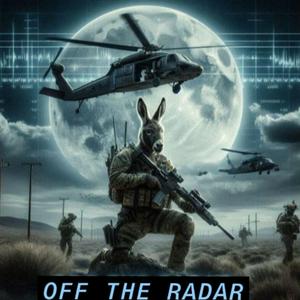
Get the free radio.net app
- Stations and podcasts to bookmark
- Stream via Wi-Fi or Bluetooth
- Supports Carplay & Android Auto
- Many other app features
Get the free radio.net app
- Stations and podcasts to bookmark
- Stream via Wi-Fi or Bluetooth
- Supports Carplay & Android Auto
- Many other app features


Off the Radar, Special Operations Training Detachment
Scan code,
download the app,
start listening.
download the app,
start listening.
